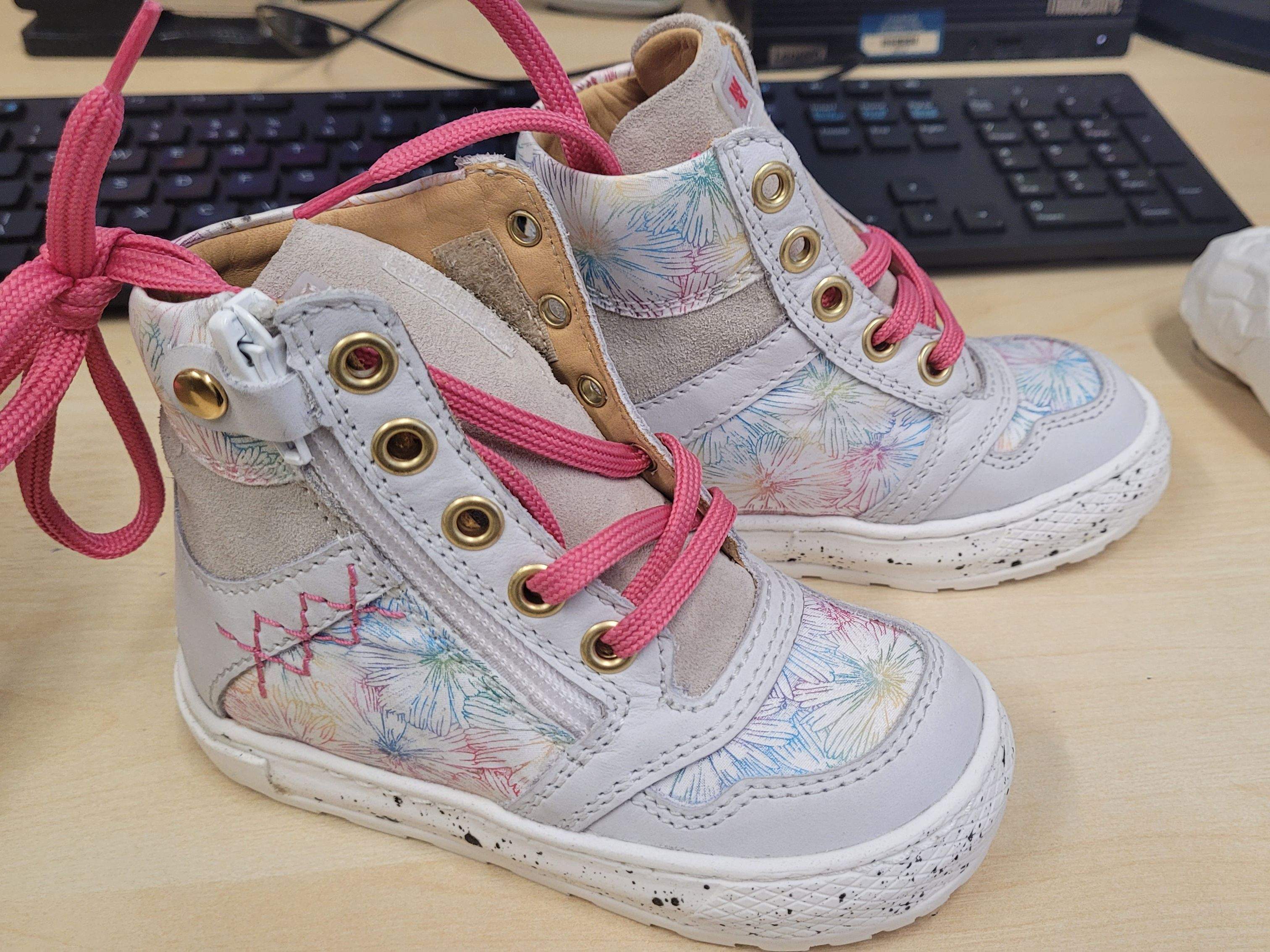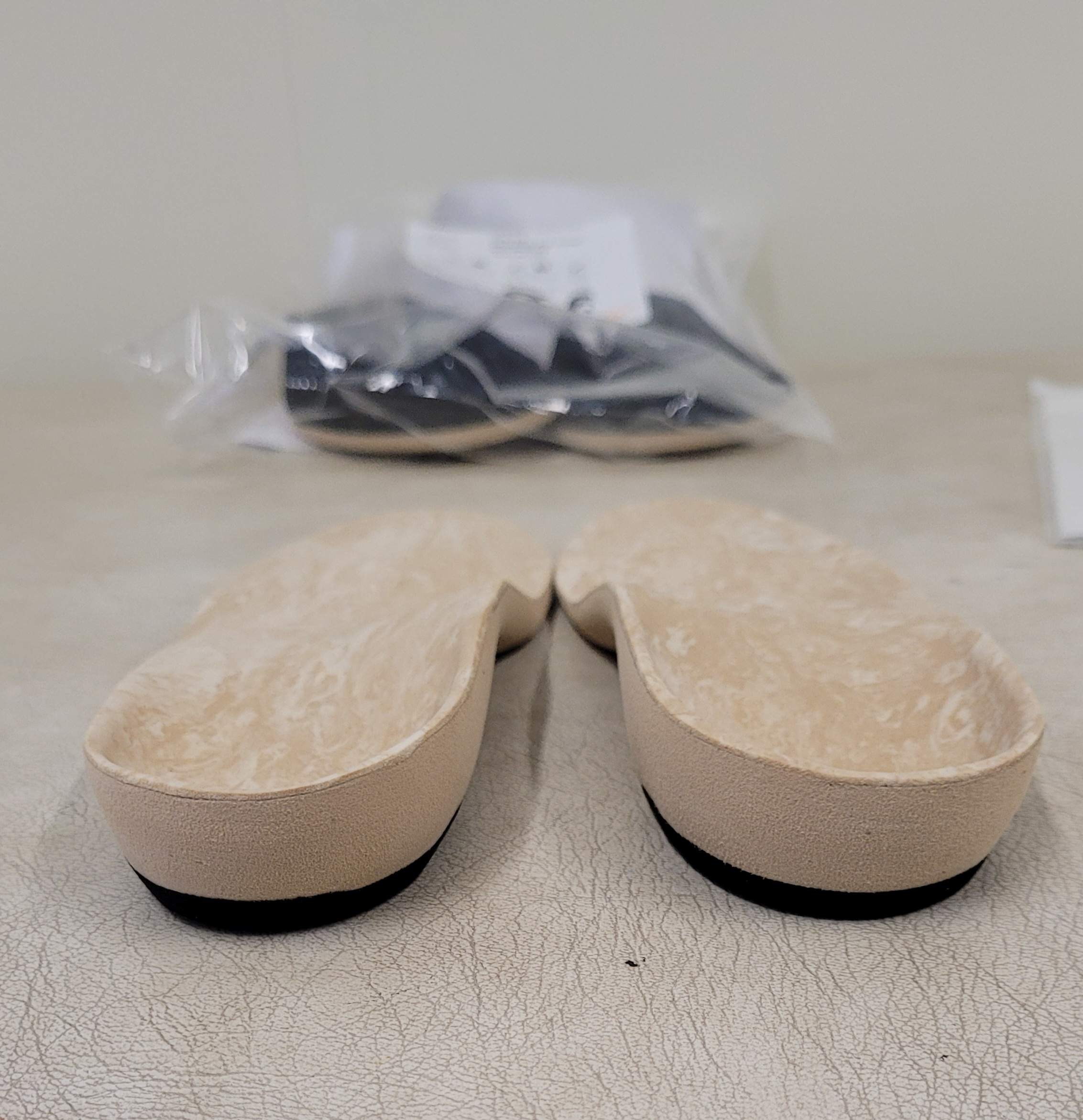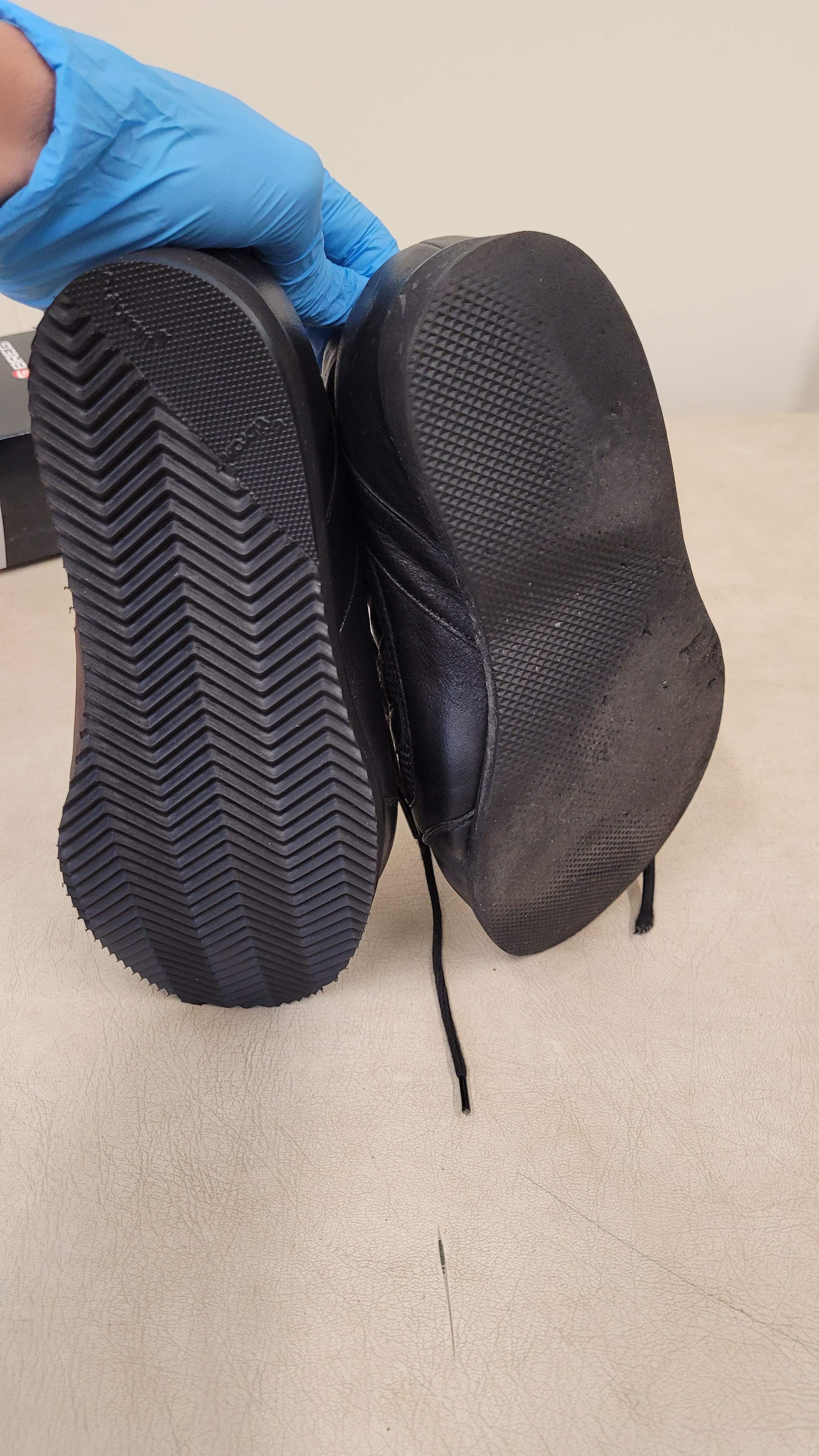So… What Is an Orthotist, Anyway?
Not many people know what an Orthotist is — and fair enough, it’s not exactly a word that comes up in everyday conversation. We’re not dentists, and we don’t just “fit insoles.” In fact, Orthotists are one of the few professions that truly sit at the crossroads of biomechanics, anatomy, and patient care.
“An Orthotist’s work often goes unnoticed — until the day someone walks again because of it.”
Orthotists are Allied Health Professionals who study a dual degree in Prosthetics and Orthotics. The two professions share the same foundation — understanding how the body moves and how we can restore or improve it using external devices. Prosthetists go on to specialise in artificial limbs, while Orthotists specialise in bracing and support for any part of the body that needs it.
The Orthotist’s World
Our work is incredibly varied. One moment we’re prescribing custom insoles for a running injury, and the next, we’re urgently called to a hospital ward to fit a TLSO spinal brace because someone has fallen off a ladder and has quite literally broken their back! We’re the ones called when there’s a serious neck fracture and no one else dares move the patient. It’s a lot of pressure, knowing their stability depends on you — but you learn to stay calm, trust your training, and (let’s be honest) tell a fair few people what to do.
We work across almost every medical field and with just about every profession — consultants, physios, OTs, nurses, surgeons, and podiatrists. Some days, it feels like we’re the glue holding the entire musculoskeletal system — and half the hospital — together.
In neurology, we fit AFOs (ankle foot orthoses) for patients with foot drop, neurological deficit, or muscle weakness. This could be caused by a stroke or a wide range of childhood genetic neurological conditions.
In rheumatology, we design bespoke footwear and insoles for painful or deformed joints that no high-street shoe will ever tolerate. These shoes have come a long way since the 1920s but if I'm completely honest, the styles are still a bit prehistoric. Adapting a patients own shoes for leg length discrepancies ( 1 leg longer than the other ) has its perks, these can be very neat and discreet, under your feet ( nice little poem there). Unless the difference is massive of course, in this case adapting black shoes is always the way forward, quite literally you'd hope.
In the musculoskeletal world, we support movement, balance, and energy efficiency for people living with chronic pain, instability, or fatigue. We make insoles which people often think are much better than stock insoles, however this is often not the case, I'll go into this in another blog at some point because this is a common disbelief, it starts a rant and theres not enough space on here.
And in trauma and rehabilitation, we fit spinal, knee, elbow and wrist braces and neck collars for those recovering from fractures, surgery, or major accidents. Some of the knee braces we fit, can offload an area of pressure on the knee, pushing back knee operations for up to 10 years! But they are massive, come with an ikea assembling guide, and under no circumstances fit under modern jeans. But if you like wearing shorts in winter or wearing flares every day then you're on to a winner, and you will be surprised how many people wear shorts in winter in Stockport, however this type of person often wears the most ridiculous shoes that also cause knee pain.
"If it moves, we brace it.
If it shouldn’t move, we brace it tighter.And somewhere in between, we help people move a little easier — or at least stop things falling apart completely"
One of my favourite moments was fitting bespoke hinged AFOs for a young boy with Charcot-Marie-Tooth Disease, a neurological condition that causes weakness and instability. As soon as he tried them, he grinned and shot off across the room, declaring he could run “as fast as Spider-Man.”
This is a pair of custom insoles for a lady with Rheumatoid Arthritis, a condition that causes significant joint pain and swelling.
This is a pair of made to measure shoes for hallux valgus, or the familiar term used is 'Bunions'. Like I said, the shoes we make are not for the catwalk but they serve a purpose.
The Craft Behind the Clinic
Orthotics sits somewhere between science, engineering, and art. We measure, build, and fix — but we also guess, improvise, and adjust until it feels right. It’s technical one minute and creative the next, and no two days (or patients) are ever the same.
“People say you never forget a face. For us, it’s the walk we remember.”
You learn to recognise people by their movement — the shuffle of caution, the sway of weakness, the notorious foot drop slapping the floor like a kipper, the tentative steps after an injury, and, quite often, one of my favourites — the over-the-top limp. Every gait tells a story, and our job is to understand it… and change the ending.
Quietly Holding the Hospital Together
We’re often the only Orthotist in the entire hospital — hidden somewhere between the wards and the workshop, quietly keeping people upright. We don’t usually make the Christmas do list or the ribbon-cutting photos, and half the time we find out about new clinics 3 months after they’ve started. But that’s fine. We’re the hidden gem of the place — the golden butterfly of biomechanics — practical, slightly mysterious, and always needed. You might not notice us, but you’d definitely notice if we weren’t there.



